The Loungewear is currently characterized by a dynamic competitive landscape, driven by evolving consumer preferences for comfort and versatility in apparel. Major players such as Nike (US), Lululemon (CA), and H&M (SE) are strategically positioning themselves to capitalize on these trends. Nike (US) continues to innovate with its sustainable product lines, while Lululemon (CA) focuses on premium quality and community engagement through experiential retail. H&M (SE), on the other hand, emphasizes affordability and accessibility, appealing to a broader demographic. Collectively, these strategies not only enhance brand loyalty but also intensify competition, as companies vie for market share in an increasingly crowded space.
Key business tactics within the loungewear market include localized manufacturing and supply chain optimization, which are essential for meeting consumer demand efficiently. The market structure appears moderately fragmented, with a mix of established brands and emerging players. This fragmentation allows for diverse consumer choices but also necessitates that key players continuously innovate to maintain their competitive edge. The influence of major companies is significant, as they set trends that smaller brands often follow, thereby shaping the overall market dynamics.
In August 2025, Nike (US) announced a partnership with a leading sustainable fabric manufacturer to enhance its eco-friendly loungewear line. This strategic move underscores Nike's commitment to sustainability, aligning with consumer expectations for environmentally responsible products. By integrating sustainable materials, Nike not only strengthens its brand image but also positions itself favorably in a market increasingly driven by ethical considerations.
In September 2025, Lululemon (CA) launched a new digital platform aimed at enhancing customer engagement through personalized shopping experiences. This initiative reflects Lululemon's focus on digital transformation, allowing the brand to leverage data analytics for tailored marketing strategies. Such a move is likely to deepen customer loyalty and drive sales, particularly among tech-savvy consumers who value personalized interactions.
In July 2025, H&M (SE) expanded its loungewear collection to include a new line of organic cotton products, responding to the growing demand for sustainable fashion. This expansion not only broadens H&M's product offerings but also reinforces its commitment to sustainability, appealing to environmentally conscious consumers. By prioritizing organic materials, H&M positions itself as a leader in the sustainable loungewear segment, potentially attracting a new customer base.
As of October 2025, the loungewear market is witnessing significant trends such as digitalization, sustainability, and the integration of artificial intelligence in customer service. Strategic alliances among brands are increasingly shaping the competitive landscape, fostering innovation and collaboration. Looking ahead, competitive differentiation is likely to evolve, with a pronounced shift from price-based competition to a focus on innovation, technology, and supply chain reliability. Companies that can effectively leverage these trends will likely emerge as leaders in the loungewear market.


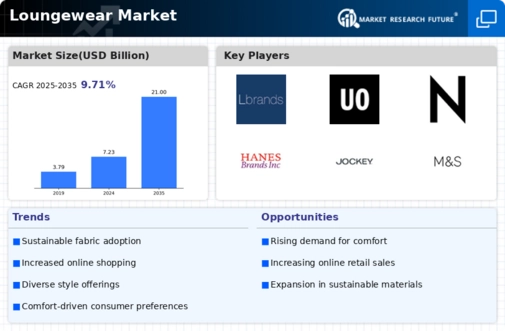
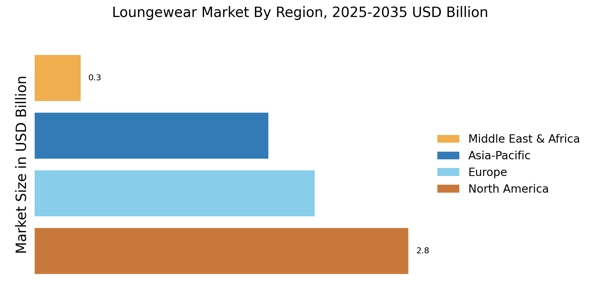
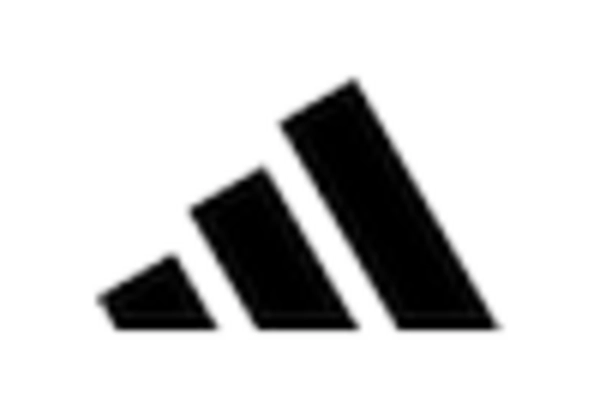
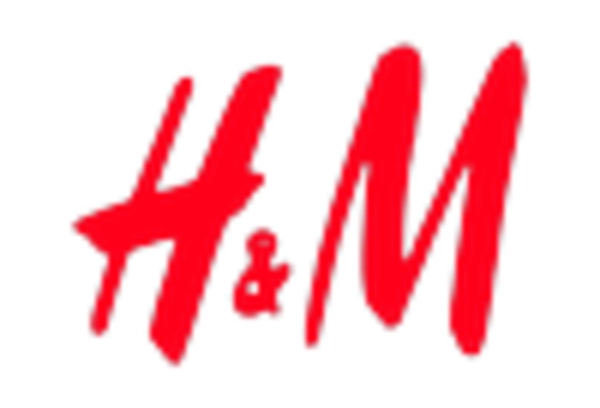

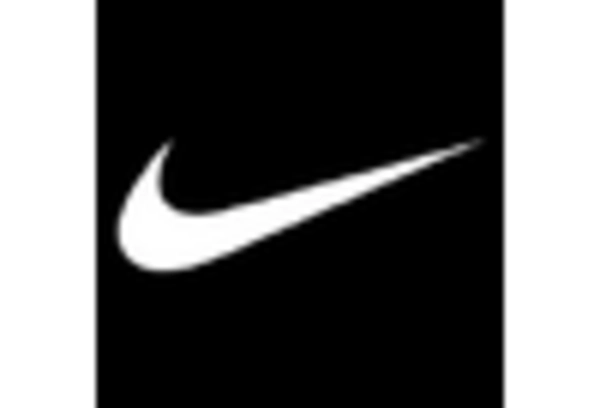
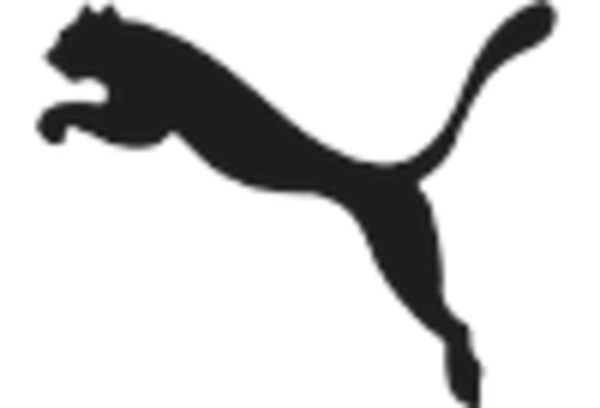









Leave a Comment